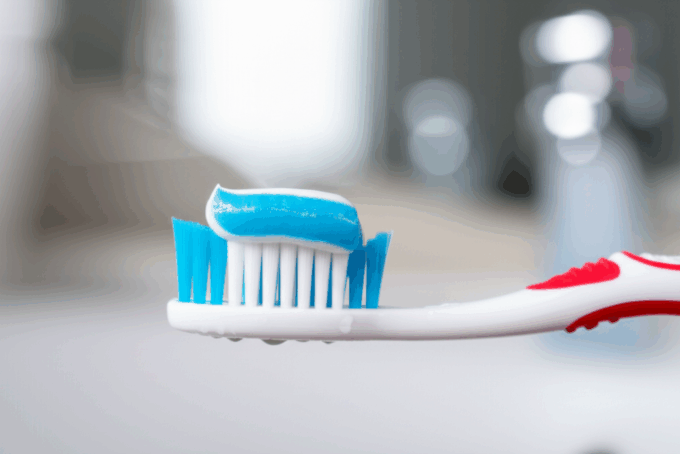Dental brushing frequency is a cornerstone of maintaining optimal oral health. Far more than just a superficial habit, the regularity and technique with which you clean your teeth significantly impacts everything from preventing cavities and gum disease to contributing to overall well-being. While most people understand the basic need to brush, delving into the nuances of when and how often can elevate your oral hygiene routine from good to exceptional. This article will explore the optimal dental brushing frequency, the best times to brush for maximum benefit, and provide practical tips to ensure your daily efforts yield the healthiest smile possible.
The Debate: How Often Should You Brush?

The general consensus among dental professionals is that brushing twice a day is the standard recommendation for most individuals. This frequency strikes a balance between effectively removing plaque and food debris without causing undue wear on tooth enamel or gum recession.
Brushing in the morning, after breakfast, helps to remove the plaque and bacteria that have accumulated overnight. It also washes away any lingering food particles from your last meal. Brushing again before bed is arguably even more critical. Throughout the day, food debris and plaque can settle on your teeth. If left overnight, these bacteria have an extended period to produce acids that can erode enamel and contribute to decay. Cleaning your teeth before sleeping significantly reduces this risk, giving your mouth a clean slate for restorative sleep.
Some individuals might wonder if brushing more frequently, such as after every meal, is beneficial. While the intention is good, over-brushing can be detrimental. Constant mechanical abrasion can wear down enamel over time, leading to increased tooth sensitivity and even damage to gum tissue. It’s important to remember that the quality of your brushing, including proper technique and using the right tools, often plays a more significant role than sheer frequency. If you feel the need to refresh your mouth after a meal, a quick rinse with water or an alcohol-free mouthwash may be a gentler alternative.
Optimal Dental Brushing Times: Maximizing Effectiveness
Understanding the best times for your dental cleanings is crucial for maximizing their benefits.
Post-Breakfast Brilliance
While many are taught to brush before breakfast, many dentists now recommend brushing after your morning meal. Here’s why: Overnight, your saliva production decreases, creating a more favorable environment for bacteria to multiply. Brushing before breakfast can sometimes simply push those bacteria and any remnants of your morning meal around your mouth. Brushing after breakfast effectively removes food particles and plaque that have accumulated during your meal, leaving your mouth feeling fresh and protected for the day ahead. However, if your breakfast is particularly acidic (like citrus fruits or juices), it’s advisable to wait at least 30 minutes after eating before brushing. Brushing immediately after consuming acidic foods can spread the acid across your teeth and further erode weakened enamel.
The Pre-Sleep Power Hour
Brushing your teeth before bed is non-negotiable. This is the time to perform a thorough cleaning, ensuring that no food particles or plaque remain to fuel bacterial activity throughout the night. This thorough cleaning is vital for preventing cavities and gum disease, as it significantly reduces the acidic environment that bacteria thrive in. Thoroughly brushing and flossing before sleeping minimizes the risk of developing nighttime toothaches or more serious dental issues.
Essential Tips for Effective Dental Brushing
Beyond frequency and timing, optimizing your dental brushing technique and tools is paramount.
Choose the Right Toothbrush: Opt for a soft-bristled toothbrush. Medium or hard bristles can cause damage to your enamel and gums over time. Whether you choose a manual or electric toothbrush, ensure it fits comfortably in your hand and that you can reach all areas of your mouth. Electric toothbrushes, particularly those with oscillating or sonic technology, can often be more effective at plaque removal than manual brushing for many people.
Use Fluoride Toothpaste: Fluoride is a natural mineral that strengthens tooth enamel, making it more resistant to acid attacks from plaque bacteria. It can also help to repair early stages of tooth decay. Ensure the toothpaste you choose contains fluoride.
Master the Technique: Angle your toothbrush bristles at a 45-degree angle towards the gum line. Use gentle, short, back-and-forth or circular strokes. Don’t scrub too hard! Focus on cleaning all surfaces of each tooth: the outer surfaces, inner surfaces, and chewing surfaces. Don’t forget to gently brush your tongue to remove bacteria that can cause bad breath.
Don’t Forget to Floss: Brushing alone cannot reach the tight spaces between your teeth and under the gum line where plaque and food particles can hide. Flossing daily is essential for a complete clean and to prevent gum disease and cavities in these hard-to-reach areas.
* Replace Your Toothbrush Regularly: Toothbrushes become less effective over time as their bristles fray.


